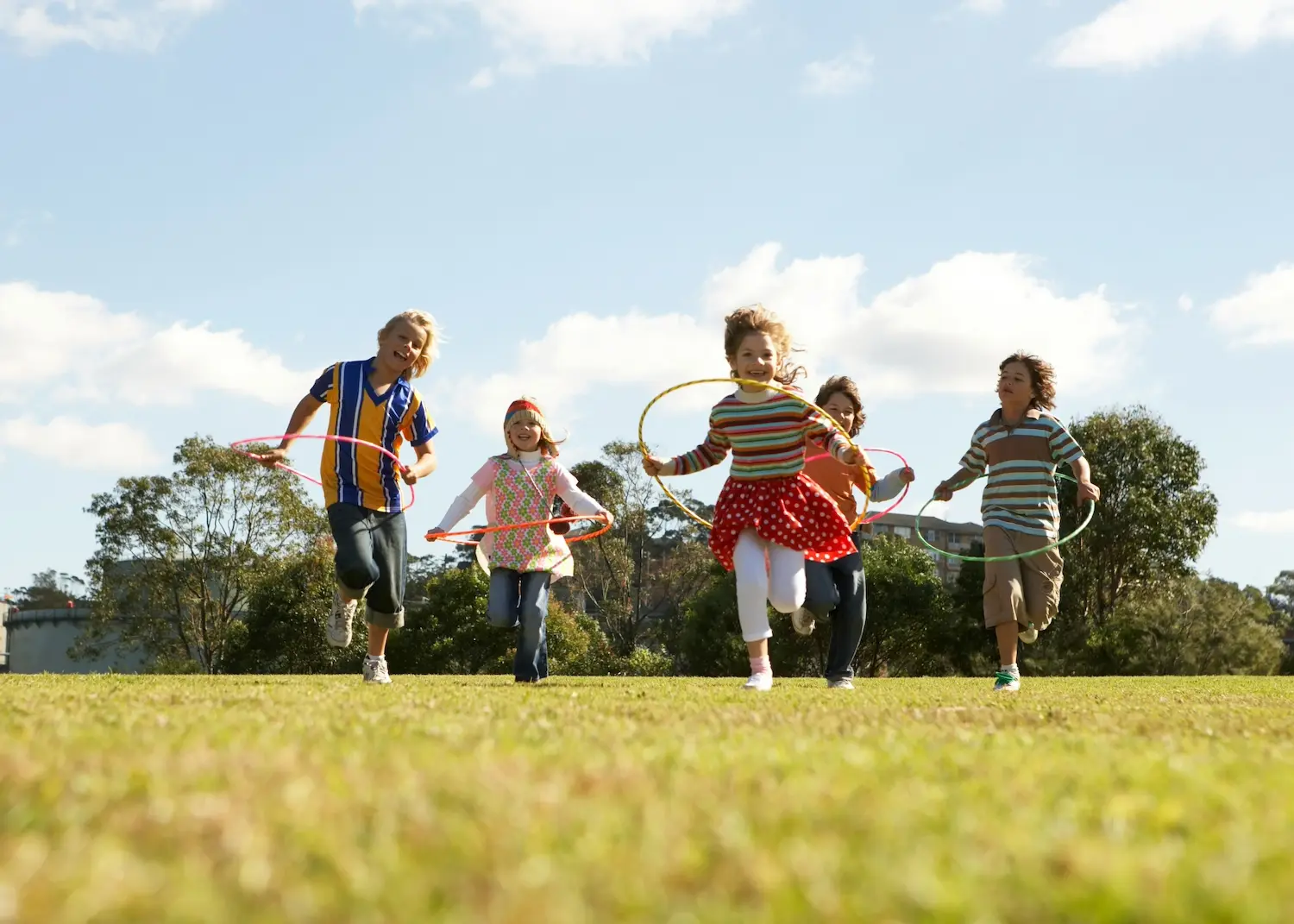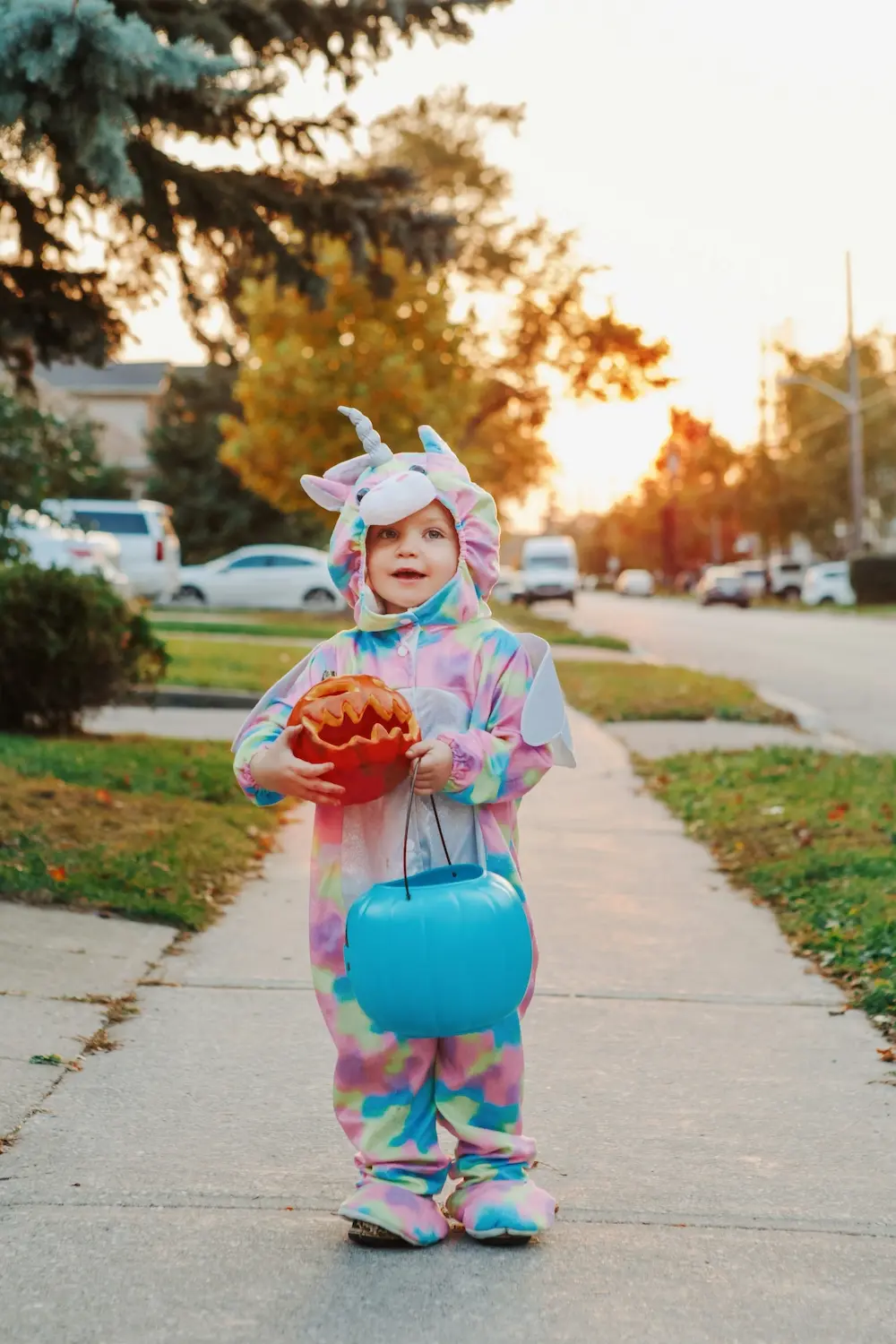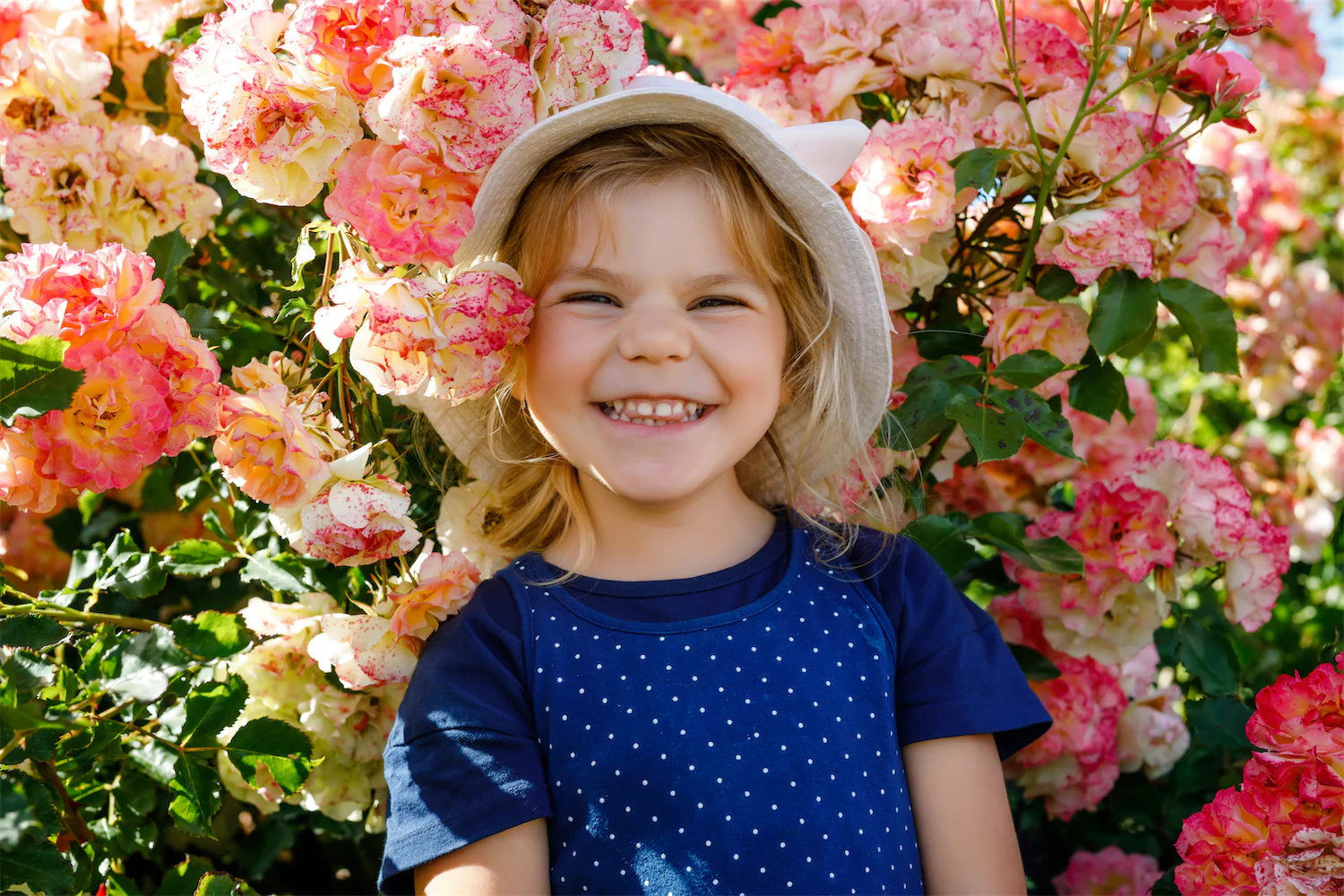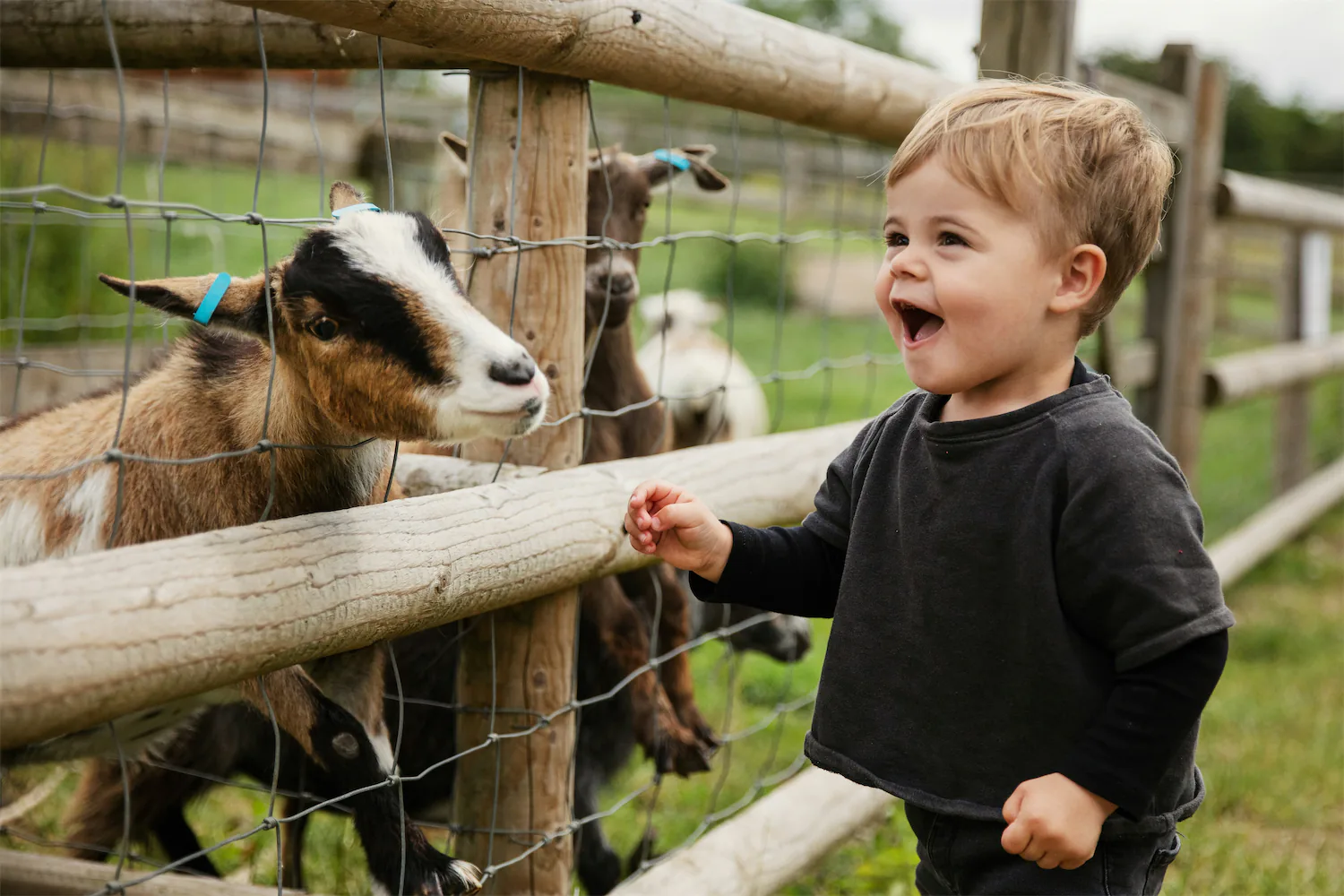28 physical activities for preschoolers
28 physical activities for preschoolers
Benefits of physical activity for kids in preschool
Benefits of physical activity for kids in preschool

Dahlia Rimmon, RDN
Content Writer

Jennifer Gillette, MA
Child Development & Behavior Specialist



Why is physical activity important in preschool?
Physical development and health
Gross motor skill development
Fine motor skill development
Practice coordination and balance
Cognitive development
Social and emotional growth
Improves sleep
Builds healthy habits
Guidelines for physical activity in early childhood
The American Academy of Pediatrics recommends that kids ages 1 to 4 get a healthy mix of active play each day:
At least 60 minutes of unstructured physical activity: This is all about free play, so kids take the lead and decide what to do independently.
Around 30 minutes of structured physical activity: These activities are planned by adults and can include guided games, exercises, or simple sports.
What to do when kids resist physical activities
Make it fun by introducing physical activities as games or imaginative play. For example, playing freeze-tag, playing a dancing game, or pretending to hop like a frog can make movement feel less like exercise and more like fun.
Allow the preschooler to choose the activity to give them a sense of autonomy.
Participate in physical activity with your child. When adults engage in active play, children are more likely to join in and enjoy the experience.
Include physical activity in your daily routine. Familiarity helps children feel comfortable and less resistant over time.
Begin with short, manageable bursts of activity and gradually increase the duration.
Praise and encourage any effort, no matter how small. Positive reinforcement boosts confidence and willingness to participate in future activities.
Invite other children to join as preschoolers may be more interested in participating when they see their friends having fun.
28 physical activities for preschoolers
Hopscotch
Jump rope
Tag
Playing catch with a ball
Basketball
Football
Baseball
Soccer
Kicking a ball back and forth
Swimming
Dancing
Freeze dance
Riding a bike, tricycle, or scooter
Gardening
Climbing on a playground
Gymnastics
Nature walk
Walk around the block
Scavenger hunt
Skipping
Musical chairs
Hula hooping
Hide and seek
Obstacle course
Chores
Pretend play like hopping like a frog or crawling like a bear
Splashing in the sprinklers
Water balloon toss
Why is physical activity important in preschool?
Physical development and health
Gross motor skill development
Fine motor skill development
Practice coordination and balance
Cognitive development
Social and emotional growth
Improves sleep
Builds healthy habits
Guidelines for physical activity in early childhood
The American Academy of Pediatrics recommends that kids ages 1 to 4 get a healthy mix of active play each day:
At least 60 minutes of unstructured physical activity: This is all about free play, so kids take the lead and decide what to do independently.
Around 30 minutes of structured physical activity: These activities are planned by adults and can include guided games, exercises, or simple sports.
What to do when kids resist physical activities
Make it fun by introducing physical activities as games or imaginative play. For example, playing freeze-tag, playing a dancing game, or pretending to hop like a frog can make movement feel less like exercise and more like fun.
Allow the preschooler to choose the activity to give them a sense of autonomy.
Participate in physical activity with your child. When adults engage in active play, children are more likely to join in and enjoy the experience.
Include physical activity in your daily routine. Familiarity helps children feel comfortable and less resistant over time.
Begin with short, manageable bursts of activity and gradually increase the duration.
Praise and encourage any effort, no matter how small. Positive reinforcement boosts confidence and willingness to participate in future activities.
Invite other children to join as preschoolers may be more interested in participating when they see their friends having fun.
28 physical activities for preschoolers
Hopscotch
Jump rope
Tag
Playing catch with a ball
Basketball
Football
Baseball
Soccer
Kicking a ball back and forth
Swimming
Dancing
Freeze dance
Riding a bike, tricycle, or scooter
Gardening
Climbing on a playground
Gymnastics
Nature walk
Walk around the block
Scavenger hunt
Skipping
Musical chairs
Hula hooping
Hide and seek
Obstacle course
Chores
Pretend play like hopping like a frog or crawling like a bear
Splashing in the sprinklers
Water balloon toss
Summer Health offers fast and reliable pediatric urgent care through online doctors, all via text. Whether you’re worried about your baby's fever, rashes, or other children's health concerns, we provide expert advice and support anytime, right from your phone.

Never miss a post!
Sign up for our newsletter to receive articles and guides directly to your inbox!

















